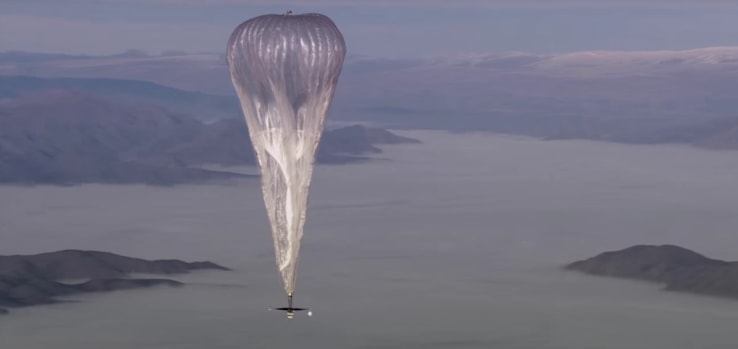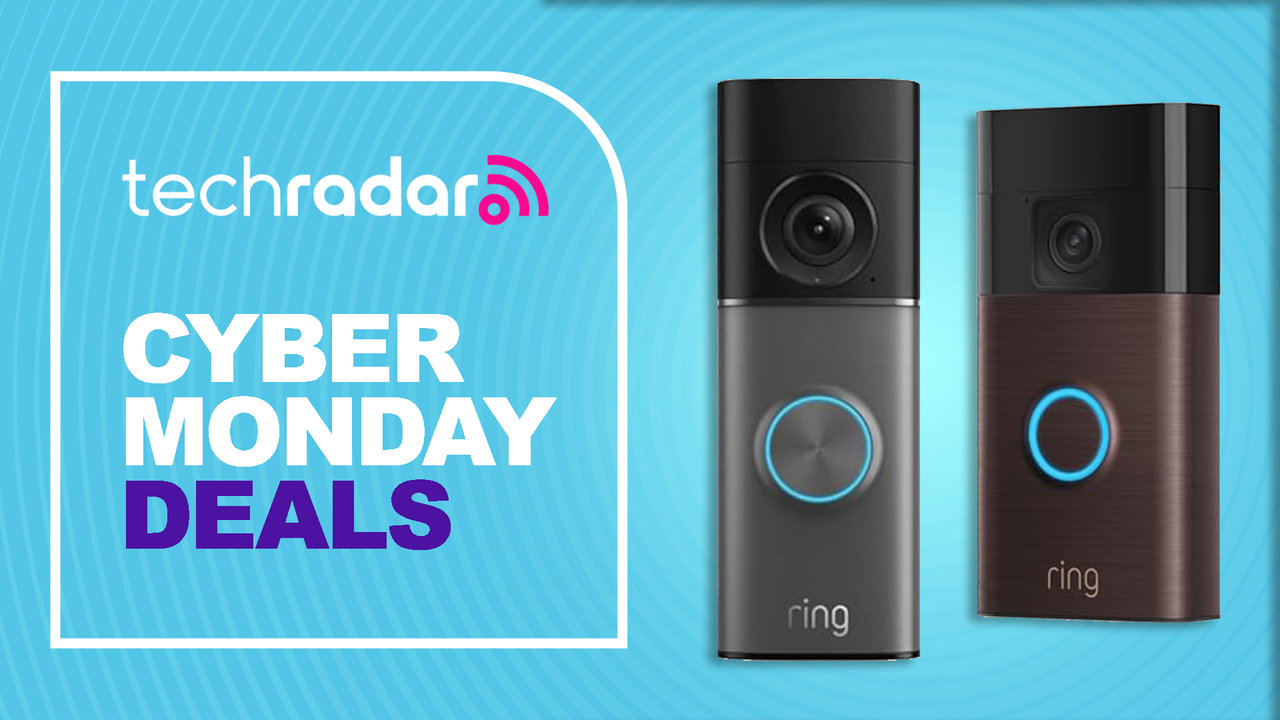
Alphabet, Google’s Parent company has received approval to deploy its Project Loon LTE balloon in Puerto Rico and the U.S. Virgin Islands. Project Loon was a former Google X Lab project which was developed to provide mobile data access to disaster zones and remote areas by using high altitude weather balloons. The project is now under Alphabet’s domain. The Federal Communications Commission has issued an emergency license for the Project Loon in order for the balloons to be deployed in Puerto Rico.
The FCC estimates that 83% of the island’s cellular sites are still down since Hurricane Maria caused intense damage to the island. The high altitude weather balloons are going to help restore service in the U.S. Virgin Islands that were hit by the hurricane as well. In order to deliver signals to people’s devices, Loon has to be integrated with a telecommunications partner network. The balloons aren’t capable of doing that by themselves.

A spokesperson for the company had this to say:
“We’ve been making solid progress on this next step and would like to thank everyone who’s been lending a hand. We’re grateful for the support of the FCC and the Puerto Rican authorities as we work hard to see if it’s possible to use Loon balloons to bring emergency connectivity to the island during this time of need.”
Project Loon is not just doing this in Puerto Rico, however. They estimate that more than half of the world’s population is still without internet access. Can you believe that? Half the world! That’s too many people without access to a wealth of knowledge. Take all the junk out of the internet for a moment and there are a ton of educational resources just waiting to be unearthed. There are also a ton of cat videos, but you get the point I’m trying to make.

Project loon works by transmitting high-speed internet up to the nearest balloon from a telecommunications partner on the ground, relayed across the balloon network, and then back down to users on the ground. They have demonstrated data transmission between balloons over 100 km apart in the stratosphere and back down to people on the ground with connection speeds of up to 10 Mbps, directly to their LTE phones.
Isn’t this what Facebook was trying to achieve recently? But Facebook is using a drone, rather than a balloon. A solar-powered drone, in fact. So which is better? And will there be enough room for both Google and Facebook to be involved with this? The Facebook drones are physically enormous. They have a wingspan that is bigger than a Boeing 747.
Neither Facebook nor Google wants to become service providers, but both benefit from half the world having access to the internet where it didn’t before. Facebook is still technically in the testing phase as one of their drones had an accident in 2016. Whereas Project Loon has already tested in several countries. In addition to Facebook and Google, Microsoft and SpaceX are both trying to get into this game as well. Who is going to win ultimately? Well, Google as of right now considering they are up and running. But who will take this title in the future remains to be seen.



